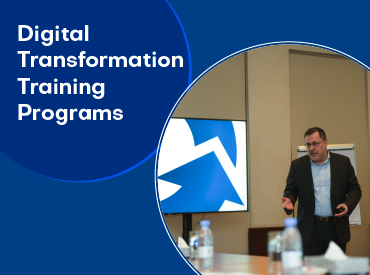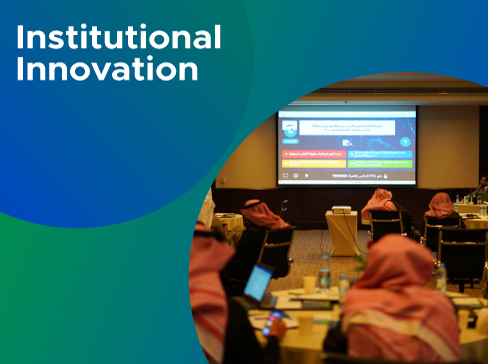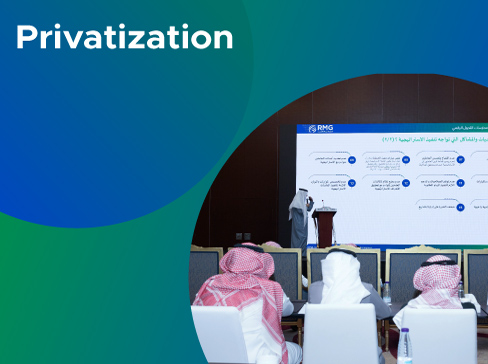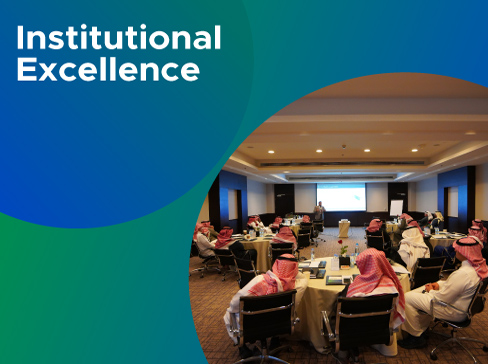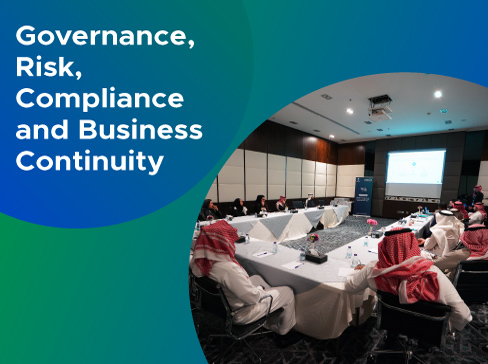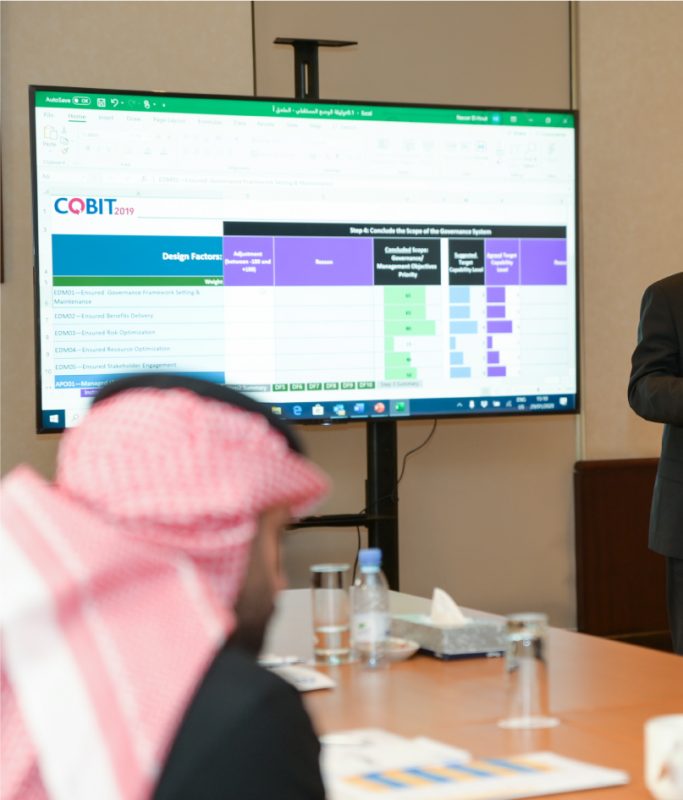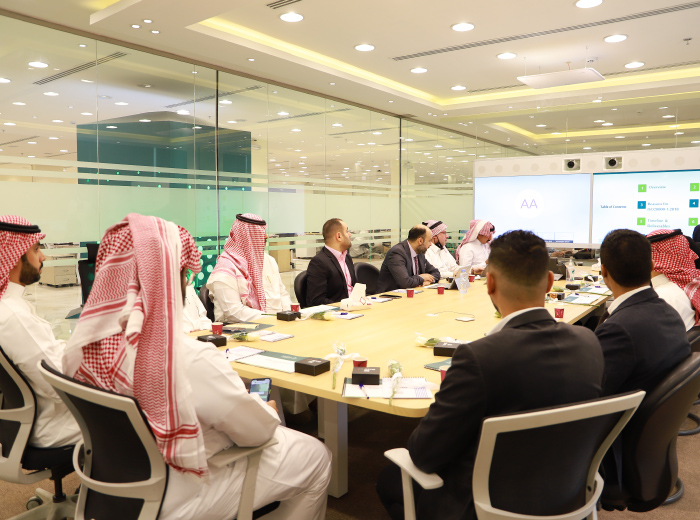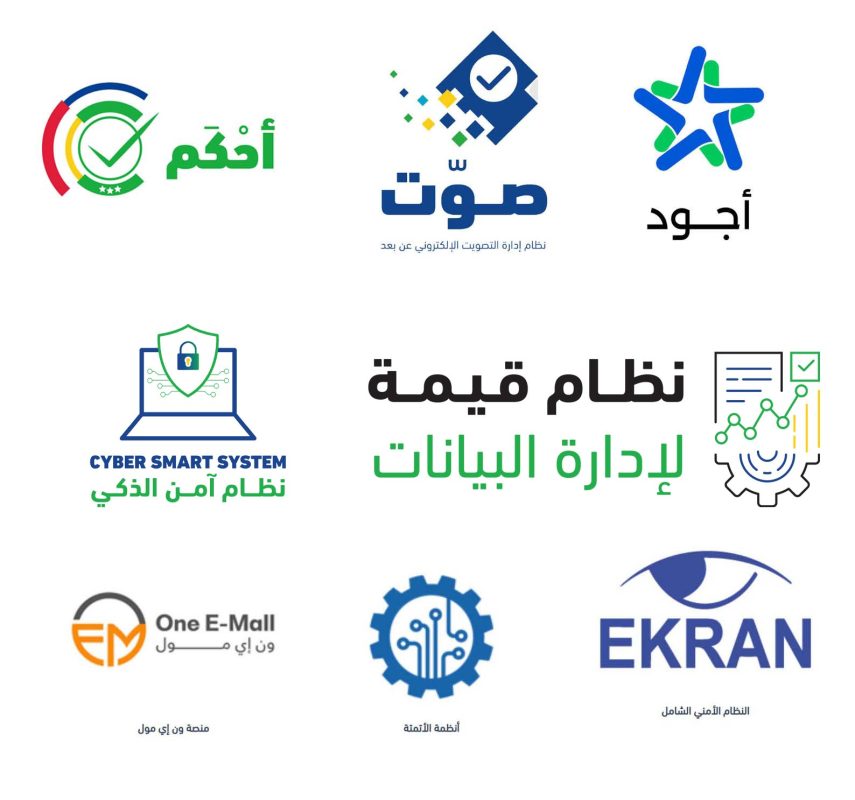Would you like to apply the ISO 37301 compliance management system

standard in your organization?
The process of complying with international laws and regulations by organizations,
which aim to protect individuals in the first place, is a very important matter that will help protect the organization and its security in the first place, and also protect the organization’s exposure to accountability or penalties in the event of non-compliance.
Organizations that aim to be successful in the long term need to create and maintain a culture of compliance, taking into account the needs and expectations of stakeholders. Compliance is not only the foundation, but also the opportunity for a successful and sustainable organization.
ISO 37301 What is it and how did it arise?
ISO 37301 was published on 13 April 2021.
It is called the Type A standard, and unlike its predecessor ISO 19600, it is certifiable.
It is worth noting that 90 percent of the new standard is based on ISO 19600, and companies that previously joined this standard will not need to make radical changes.
So, what is the difference between ISO 37301 and ISO 19600?
ISO 37301 differs from ISO 19600 in two main ways:
- It is a certifiable standard
ISO 37301 is a Type A standard, meaning it is expressed in guiding language such as “must”.
This means that the new standard is “credible”, and both regulators and independent experts may use the criterion in evaluating the organization’s compliance system.
- Approval of the ecosystem compliance system
ISO 37301 also introduces the concept of a compliance ecosystem and emphasizes that compliance risk management involves many interconnected common elements across the entire organization and defines the objectives and principles of the compliance system.
Organizations should consider compliance management as a continuous improvement exercise that requires management and employees to continually monitor and evaluate compliance risks, controls, structures and processes in their organizations.
Scope
The international standard ISO 37301 provides guidance for effective compliance management systems. Based on the principles of good governance, proportionality, transparency and sustainability, it describes the main components and processes of an effective compliance management system.
The standard is a useful tool for organizations that want to implement a compliance management system or are looking to standardize their system.
The ISO 37301 standard emphasizes 3 basic processes, namely planning, supporting and leading.
The standard also focuses on the commitment to compliance across the organization, from company management to lower-ranking employees. This can be achieved through purposeful and effective communication and the introduction of effective tools to manage this issue.
An important aspect is also to address the issue of so-called whistleblowing or reporting of anti-social activities.
ISO 37301 can also be linked to other standards, such as the “anti-corruption” standard known as ISO 37001.
Who can apply the ISO 37301 standard?
ISO37301 can be applied to all organizations, regardless of their size, nature or complexity of their activity.
- Private organizations: The company as a whole, a business unit, or a subsidiary
- Public organizations: Departments, services and political parties
- Non-profit organizations: NGOs, charities, foundations and associations
Benefits offered by ISO 37301 Compliance Management System Standard to organizations
- The organization becomes compatible with new and existing laws, rules and regulations at the global level.
- You are alerted when there is a risk of breaching any regulation.
- Correct potential breaches quickly and effectively.
- Shows a legal defense of “appropriate procedures” against a charge or accusation that a business organization failed to prevent bribery and related financial crimes.
- Define the “Corporate Compliance Program” and the organization’s internal systems and procedures to ensure the organization complies with legal requirements and internal policies and procedures.
- Assures management, investors, business partners, employees and other stakeholders that the organization is actively pursuing internationally recognized and accepted processes to prevent bribery, corruption and financial crimes.
Introduction to the compliance management system
Among the challenges facing the compliance management system are:
- Only 2% of compliance resources are spent directly on the main drivers of compliance: leadership, values and culture
- 75% of global organizations do not specifically train C-Suite and the Board of Directors on ethics and corporate compliance (SAI Global; 2020 Ethics & Compliance Benchmark Survey)
- Work goals, employee bonuses and promotions do not take into account ethics and compliance objectives.
The structure of ISO 37301, as with all modern standards, is based on the so-called PDCA (Plan-Do-Check-Act) cycle.
The following image shows the most important elements of the compliance management system:

How can Renad Al Majd for Information Technology (RMG) help you?
Renad Al Majd for Information Technology Company (RMG) is one of the first Saudi companies that was able to implement the ISO 37301 compliance system standard in various organizations.
The company offers a package of services summarized as:
- Conduct a maturity assessment
- Implementation of the ISO 37301 compliance management standard
- Providing training and knowledge transfer services




